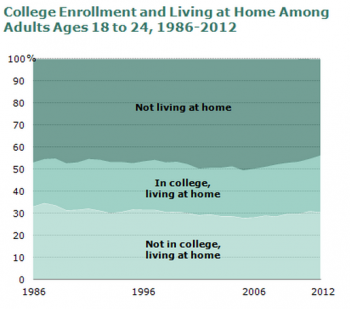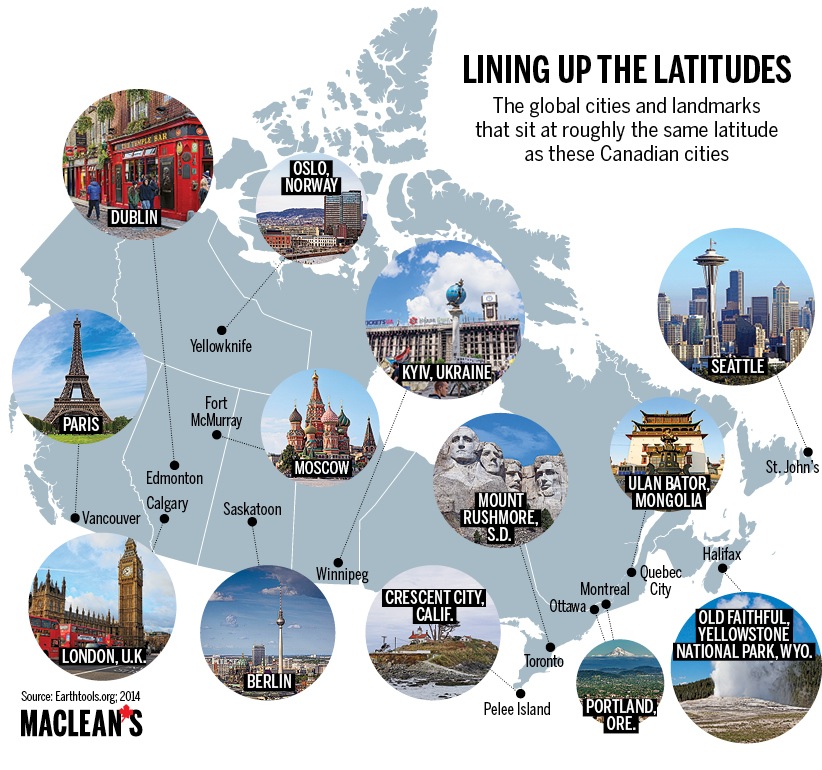Eric S. Raymond is with most other libertarians about the problems with having your police become more like an occupying army:
I join my voice to those of Rand Paul and other prominent libertarians who are reacting to the violence in Ferguson, Mo. by calling for the demilitarization of the U.S.’s police. Beyond question, the local civil police in the U.S. are too heavily armed and in many places have developed an adversarial attitude towards the civilians they serve, one that makes police overreactions and civil violence almost inevitable.
But I publish this blog in part because I think it is my duty to speak taboo and unspeakable truths. And there’s another injustice being done here: the specific assumption, common among civil libertarians, that police overreactions are being driven by institutional racism. I believe this is dangerously untrue and actually impedes effective thinking about how to prevent future outrages.
There are some unwelcome statistics which at least partly explain why young black men are more likely to be stopped by the police:
… the percentage of black males 15-24 in the general population is about 1%. If you add “mixed”, which is reasonable in order to correspond to a policeman’s category of “nonwhite”, it goes to about 2%.
That 2% is responsible for almost all of 52% of U.S. homicides. Or, to put it differently, by these figures a young black or “mixed” male is roughly 26 times more likely to be a homicidal threat than a random person outside that category – older or younger blacks, whites, hispanics, females, whatever. If the young male is unambiguously black that figure goes up, about doubling.
26 times more likely. That’s a lot. It means that even given very forgiving assumptions about differential rates of conviction and other factors we probably still have a difference in propensity to homicide (and other violent crimes for which its rates are an index, including rape, armed robbery, and hot burglary) of around 20:1. That’s being very generous, assuming that cumulative errors have thrown my calculations are off by up to a factor of 6 in the direction unfavorable to my argument.
[…]
Yeah, by all means let’s demilitarize the police. But let’s also stop screaming “racism” when, by the numbers, the bad shit that goes down with black male youths reflects a cop’s rational fear of that particular demographic – and not racism against blacks in general. Often the cops in these incidents are themselves black, a fact that media accounts tend to suppress.
What we can actually do about the implied problem is a larger question. (Decriminalizing drugs would be a good start.) But it’s one we can’t even begin to address rationally without seeing past the accusation of racism.






